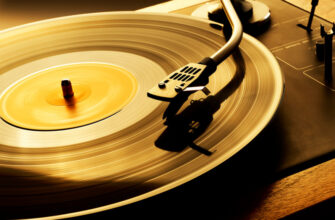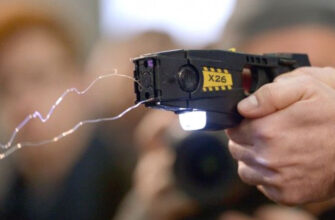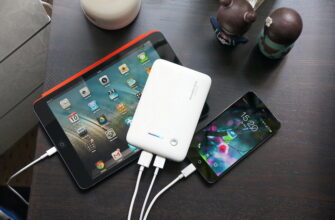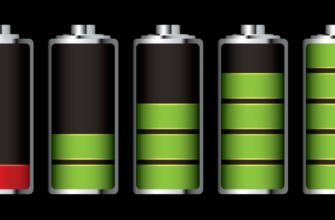When choosing a portable speaker, you should pay attention to the connection standard and some other technical characteristics of the device.

How to choose a portable speaker: what to look for
The key criteria when choosing a portable speaker are:
-
Connection standard (wireless, wired, reading external drives);
-
Battery capacity and type of built-in batteries;
-
Number of speakers and other acoustic characteristics;
-
Additional functionality.
-
The manufacturer is also important.
Main selection criteria
Connection type
There are three types of connecting a portable speaker to a smartphone, tablet or other mobile device:
-
Wired (via line-in);
-
Wireless via Bluetooth;
-
Wireless via AirPlay.
In addition, some speakers also support the connection of external storage devices – memory cards, USB sticks, even hard drives with low power consumption or separate power supply.
Line-in has maximum compatibility. Portable speakers equipped with such a connector can work with almost any multimedia device that has a headphone output – a portable player, radio tape recorder, mobile phone, smartphone, tablet, etc. In addition, this connection standard requires less battery consumption – both the speaker itself and the device connected to it.
The disadvantage of the line-in is that it requires a wired connection, so you won't be able to put the speaker aside and go for a walk with the device connected to it.
Bluetooth – connection is the most common communication standard used in portable speakers. Implies a wireless connection using the appropriate protocol.
Wireless has many advantages over wired. First, you don't have to carry an AUX cable with you. Secondly, you can leave the speaker in one place, and take your connected smartphone with you – outdoors Bluetooth 4.1 has a range of about 40-50 meters. Finally, when turned on, the speaker automatically connects to the smartphone, since it remembers the authentication data.
The disadvantage is the low autonomy of devices connected via Bluetooth. Both smartphones and the speaker are discharged quickly enough – in about a few hours. However, this time is sufficient for most cases.
When choosing such a column, you should first of all pay attention to the used standard Bluetooth. The higher it is, the better. Bluetooth 4.1 provides better autonomy and longer range than 4.0. However, both the telephone and the portable speaker must support the current standards for this wireless protocol. If any of them uses Bluetooth 4.0, the transmission will be carried out exactly according to this standard.
Additionally Bluetooth – the speakers can be equipped with an NFC module. With this technology, pairing the speaker and phone will be very fast – literally with one touch. The function is quite useful, but whether it is worth overpaying for it is a separate question. After all, the pairing in most cases occurs once during the entire operation time of the column.
AirPlay is another wireless standard. Only he does not use Bluetooth, but Wi-Fi. The high data transfer rate theoretically allows you to play Hi-Fi music on the speakers. In practice, the quality of the speaker in the overwhelming majority of cases is not high enough to hear the entire sound stage of music in such a bitrate.
The disadvantage of such speakers is obvious – they, in fact, cannot be taken outside the apartment. When used in the field, you will have to set up a local Wi-Fi network on another smartphone.
Speakers connected via MicroUSB or Lightning, similar to devices with line-in, save the battery of the smartphone and its own built-in battery. However, they must communicate via cable with a mobile device.
Speakers equipped with SD and USB connectors can play music from memory cards and flash drives, respectively. This allows you to use them even without connecting to a smartphone. The function is convenient, but only if the appropriate storage media are available.
FM radio speakers, as the name suggests, can play public radio stations. There are not very many practical benefits from this function, but at least such devices will not let you get bored with a dead smartphone and missing external storage devices with music.
Battery capacity and type of batteries installed
Portable speakers can be powered by installable AA, AAA or even D batteries; and built-in batteries, most often lithium-ion.
Installable batteries are most often used in budget portable speakers. The battery life of the device directly depends on the quality of these batteries and averages several hours. In most cases, built-in batteries cannot be recharged, and therefore after 'landing' they are simply replaced with new ones – which increases the cost of using the column. But, going on a trip, you can take with you several spare batteries.
Speakers with a built-in battery are more practical. With a discharged battery, the device can simply be connected to a computer, power supply, power bank or car adapter for recharging. There is only one 'but' – while charging, the vast majority of portable speakers simply do not work.
The battery life of portable speakers with a built-in battery directly depends on the capacity of the latter. It can be indicated both in milliampere-hours (however, manufacturers rarely indicate the exact value of this parameter), and in the direct hours of battery life. The last parameter is more adequate.
However, if the battery capacity is indicated in milliampere-hours, it is worth remembering that the higher it is, the longer the portable speaker will work. It is desirable that it be more than 2000 mAh.
Acoustic performance
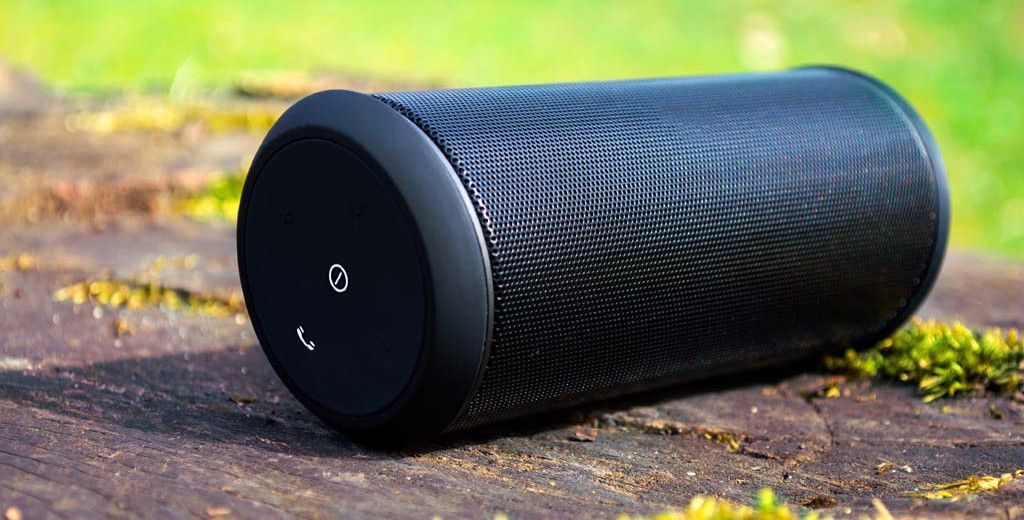
There are two acoustic parameters to look out for when buying a portable speaker – the number of speakers (sound configuration) and the total power of the device.
The number of speakers determines the soundstage. So, in portable speakers with mono, it will in any case be flat (even if some frequencies prevail), and with stereo – surround. There are three types of sound configurations:
-
Mono. A single speaker is used, producing a flat sound. Nevertheless, such a configuration is sufficient for most cases – unless, of course, the performers have added a couple of effects to the song that can only be distinguished on stereo channels;
-
Stereo. Uses two speakers with surround sound. A universal solution for fans of a wide sound stage and various effects;
-
2.1. The two speakers are complemented by a subwoofer for deep, rich bass. Unfortunately, speakers with this sound configuration drain the built-in battery quickly. But the width of the stage and the overall quality of the audio will delight even a hard-core music lover.
For most situations, a portable speaker with mono or stereo will suffice.
The speaker power determines the maximum volume. The larger it is, the louder the music will play. Nevertheless, this parameter is not very objective, so it is worth paying attention to it only secondarily.
In addition, high power speakers drain the battery more and therefore have a short battery life.
It is worth noting that budget models of portable speakers with high-power speakers can greatly distort the sound – 'growl' or other unpleasant factors such as unnecessary reverberation will appear.
Additional functionality

Additional functions of portable speakers include:
-
The presence of a mount or carabiner allows you to place the speaker on a wall, belt, belt, etc. This makes the device more convenient to use. Speakers with a handle are also suitable for carrying.
-
Work as a power bank is found only in speakers that are equipped with a built-in battery. They are able to recharge the smartphone in a critical situation. Of course, after this operation, the battery life of the column will decrease.
-
Dust and water resistant are essential features for those who want to take a portable speaker with them on picnics or on outing trips. Or at least the bathroom. The level of protection against moisture and dust is indicated by an IP certificate. The higher the two-digit number after this symbol, the more reliably the device resists the action of aggressive external factors. The vast majority of rugged portable speakers are IP66 certified. Such a device is completely impervious to dust and can withstand short-term contact with water. But speakers with a degree of protection IP68 can even be 'drowned' for a short time.
-
Connection mode combines two speakers into one 'stereo system'. This is a useful feature, but one stereo device is usually cheaper than two mono devices.
-
The built-in equalizer allows you to fine-tune the sound quality for individual preferences. It can be either band (you can set the intensity of individual sets of frequencies), and equipped with presets (separate packages of parameters for each genre). The presence of a built-in equalizer can compensate for the disadvantages or enhance the advantages of the sound stage of a portable speaker.
However, in the absence of an equalizer built into the column, you can use the one installed on your smartphone, player or other sound source.
Top manufacturers
The best portable speaker manufacturers are:
-
JBL. The largest portable wireless speaker, which is known for the widest range and very good quality of its products. For example, he pioneered the market for fully waterproof devices;
-
Sony. Produce portable speakers for lovers of tangible bass. The acoustics use proprietary magnets and high-quality electronics, including integrated sound cards and virtual amplifiers, for the most pleasant sound;
-
Harman / Kardon, Bose, Marshall are top manufacturers producing high-end acoustics. Accordingly, the portable speakers of their authorship provide rich, bright and clear sound without overabundance of any of the frequencies (if the performer did not intend this, of course). The main disadvantage is the very high price, on average $ 200-300;
-
Xiaomi. Leader of the budget market. Manufactures cheap but not lousy wireless speakers. Ideal for use with branded smartphones, as the equalizer MIUI often contains loudness presets for certain branded accessories.
-
You can also highlight the company Beats, which produces very popular portable speakers. But they have an important drawback – a very high and always overpriced price. In addition, literally one and only model – Pill 2 – provides high-quality sound.
-
Ultra-budget manufacturers such as Sven, Defender or 3Q are surprisingly 'volatile'. Sometimes they release both high-quality speakers and outright nonsense. Therefore, before purchasing a speaker from one of these companies, you should carefully study the reviews.
In the following articles, our experts will tell you how to choose a radio and the secrets of choosing a vinyl player.
Attention! This material is the subjective opinion of the authors of the project and is not a purchase guide.



